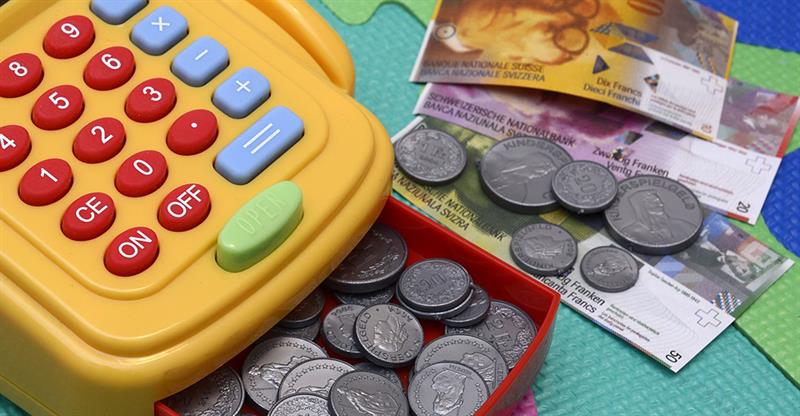CIRCULATION WILL COMMENCE WITH THE $50 BILL IN JUNE, FOLLOWED BY $100, $20 AND $10 IN AUGUST AND SEPTEMBER.
 The Eastern Caribbean Central Bank (ECCB), an institution of the OECS, will put EC polymer banknotes in circulation in June 2019. Circulation will commence with the new $50 bill in June, followed by the $100, $20 and $10 banknotes in August and September, and the $5 bill in 2020. The polymer notes and current paper notes will co-circulate.
The Eastern Caribbean Central Bank (ECCB), an institution of the OECS, will put EC polymer banknotes in circulation in June 2019. Circulation will commence with the new $50 bill in June, followed by the $100, $20 and $10 banknotes in August and September, and the $5 bill in 2020. The polymer notes and current paper notes will co-circulate.
Acting Director in the Currency Management Department, Rosbert Humphrey, said the transition is due to polymer banknotes being safer, cleaner and stronger than paper money.
“Polymer is a thin transparent plastic film made from polypropylene. It is a versatile, complex plastic material,” he said. “There are three main reasons why we went to polymer. First, polymer banknotes are safer in the sense that they will be difficult to counterfeit. Second, they are cleaner, in the sense that they are resistant to water, dirt and other liquids. Paper bills tend to absorb materials that make them unfit for circulation in quick time. Third, they are stronger, because they are more durable. They last three to five times longer than paper bank notes and they are difficult to tear.”
Banknotes were first printed on polymer in 1988. However, the ECCB will be the first in the Eastern Caribbean to issue an entire family of banknotes on polymer.
For details, watch https://pressroom.oecs.org/polymer-is-coming-new-family-of-eccb-banknotes